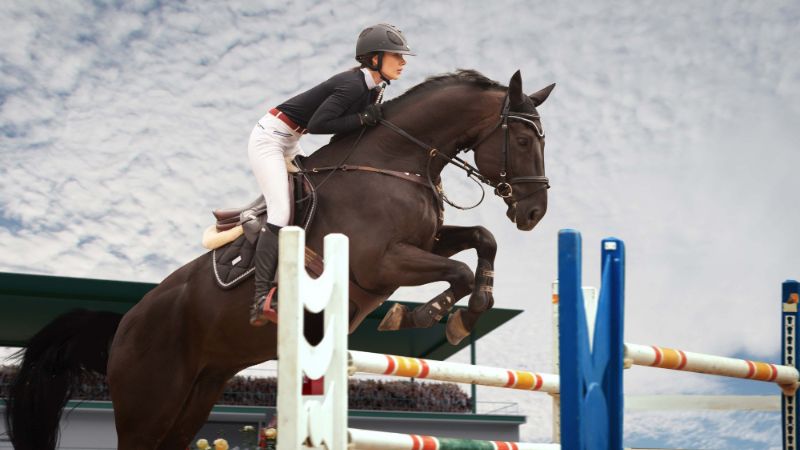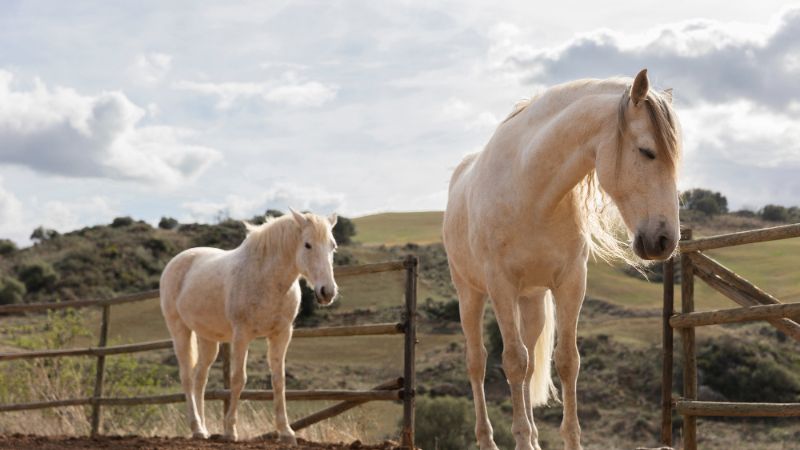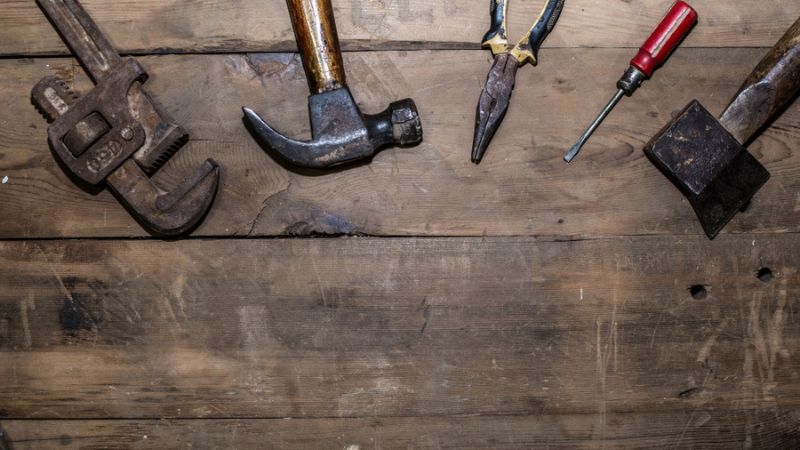Advanced Cutting Horse Maneuvers For Competition – In the electrifying world of cutting horse competitions, where precision and partnership reign supreme, mastering advanced maneuvers is the key to clinching victory. Cutting, a uniquely American equestrian sport born out of the ranching tradition, demands a harmonious blend of athleticism, strategy, and intuition from both horse and rider.
At its core, cutting involves separating a single cow from the herd and preventing it from returning, showcasing the horse’s ability to anticipate the cow’s movements with split-second accuracy. While basic maneuvers lay the foundation, it’s the mastery of advanced techniques that sets competitors apart on the arena stage.
From lightning-fast rollbacks to subtle rate changes, each maneuver serves as a testament to the dedication and skill of the team. In this dynamic arena, where every moment counts, honing these advanced skills isn’t just about winning—it’s about forging an unbreakable bond between horse and rider, united in pursuit of excellence. Join us as we delve into the intricate world of advanced cutting horse maneuvers, where champions are made and legends are born.
Advanced Cutting Horse Maneuvers For Competition
Rollbacks:

Rollbacks are pivotal in cutting competitions, showcasing the horse’s agility and responsiveness. As the horse separates a cow from the herd, it executes a rapid turn back in the opposite direction. The precision and speed of the rollback are crucial, as the horse must maintain its momentum and balance throughout the maneuver. A well-executed rollback sets the stage for the next cut, allowing the horse to quickly reposition itself for optimal control over the cow’s movements.
Also Read – How To Develop a Strong Bond With Your Cutting Horse
Counter-arcs:
Counter-arcs demonstrate the horse’s ability to anticipate and mirror the cow’s movements with finesse. As the cow attempts to evade the horse and return to the herd, the rider guides the horse in the opposite direction, effectively blocking the cow’s path. This requires seamless communication between horse and rider, as the horse must adjust its speed and direction in response to the cow’s actions while maintaining balance and control.
Flying Lead Changes:
Flying lead changes are a hallmark of a well-trained cutting horse, showcasing its athleticism and agility. During a run, the horse seamlessly switches leads without breaking stride, ensuring optimal balance and maneuverability. This maneuver allows the horse to maintain its speed and momentum while adjusting to the cow’s movements, enabling swift and precise cuts with minimal disruption.
Rate:

Rate refers to the horse’s ability to adjust its speed and position relative to the cow’s movements, demonstrating strategic control over the cutting process. A horse with exceptional rate can accelerate, decelerate, or hold its position as needed to maintain optimal proximity to the cow and anticipate its next move. This skill is essential for effectively controlling the cow’s direction and preventing it from escaping back to the herd.
Stops:
A precise and prompt stop is essential for maintaining control over the cow and preventing it from returning to the herd. A well-trained cutting horse can stop quickly and smoothly without overrunning the cow or losing balance, allowing the rider to maintain optimal positioning for the next cut. The ability to execute crisp stops with precision and consistency is a hallmark of an advanced cutting horse.
Side-passing:
Side-passing is a versatile maneuver that allows the horse to move laterally while maintaining focus on the cow. This maneuver is particularly useful for positioning the horse to intercept the cow’s movements or block its path back to the herd. By moving sideways with agility and precision, the horse can maintain optimal control over the cow’s direction while remaining responsive to the rider’s cues.
Working the Fence:

Working the fence is a strategic maneuver used by cutting horses to control the cow’s movements and limit its options. By guiding the horse along the arena fence, the rider can effectively block the cow’s path and prevent it from escaping back to the herd. This maneuver requires precise timing and positioning to leverage the fence as a tool for maintaining control over the cow’s movements.
Cuts on the Inside:
Making cuts on the inside of the cow requires advanced skill and precision, as the horse positions itself between the cow and the herd to maintain control. This maneuver involves anticipating the cow’s movements and strategically intercepting its path to prevent it from returning to the herd. By executing cuts on the inside, the horse can effectively control the cow’s direction and maintain dominance throughout the cutting run.
Conclusion
In conclusion, the world of advanced cutting horse maneuvers is one of thrilling athleticism and unwavering partnership. Through dedication and practice, riders and their equine counterparts elevate their performances to new heights, showcasing the beauty of trust and harmony in action.
As competitors continue to refine their skills and deepen their bond with their horses, they embody the essence of the sport: a timeless pursuit of excellence. With each maneuver executed with finesse and precision, they not only compete for victory but also celebrate the timeless connection between human and horse that lies at the heart of cutting.
FAQs
What are rollbacks in cutting horse competition?
Rollbacks are advanced maneuvers where the horse rapidly changes direction by pivoting on its hindquarters after working a cow. This skill allows the horse to maintain close proximity to the cow, crucial for maintaining control and maximizing scoring potential.
How can I improve my horse’s responsiveness to rate changes?
Improving your horse’s responsiveness to rate changes requires consistent training and reinforcement of cues for acceleration and deceleration. Practice exercises such as speed transitions and pattern work can help enhance your horse’s agility and responsiveness to your aids.




